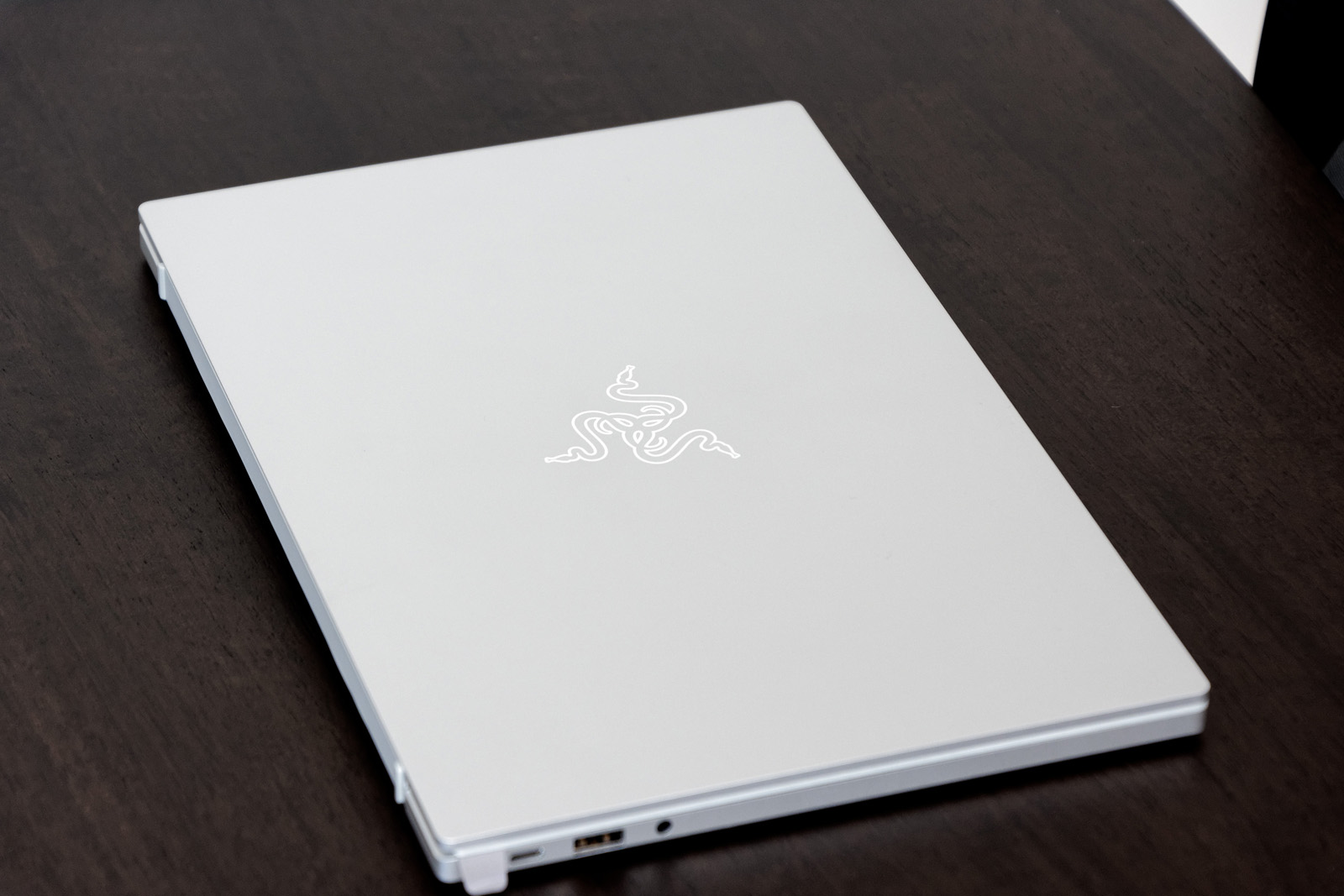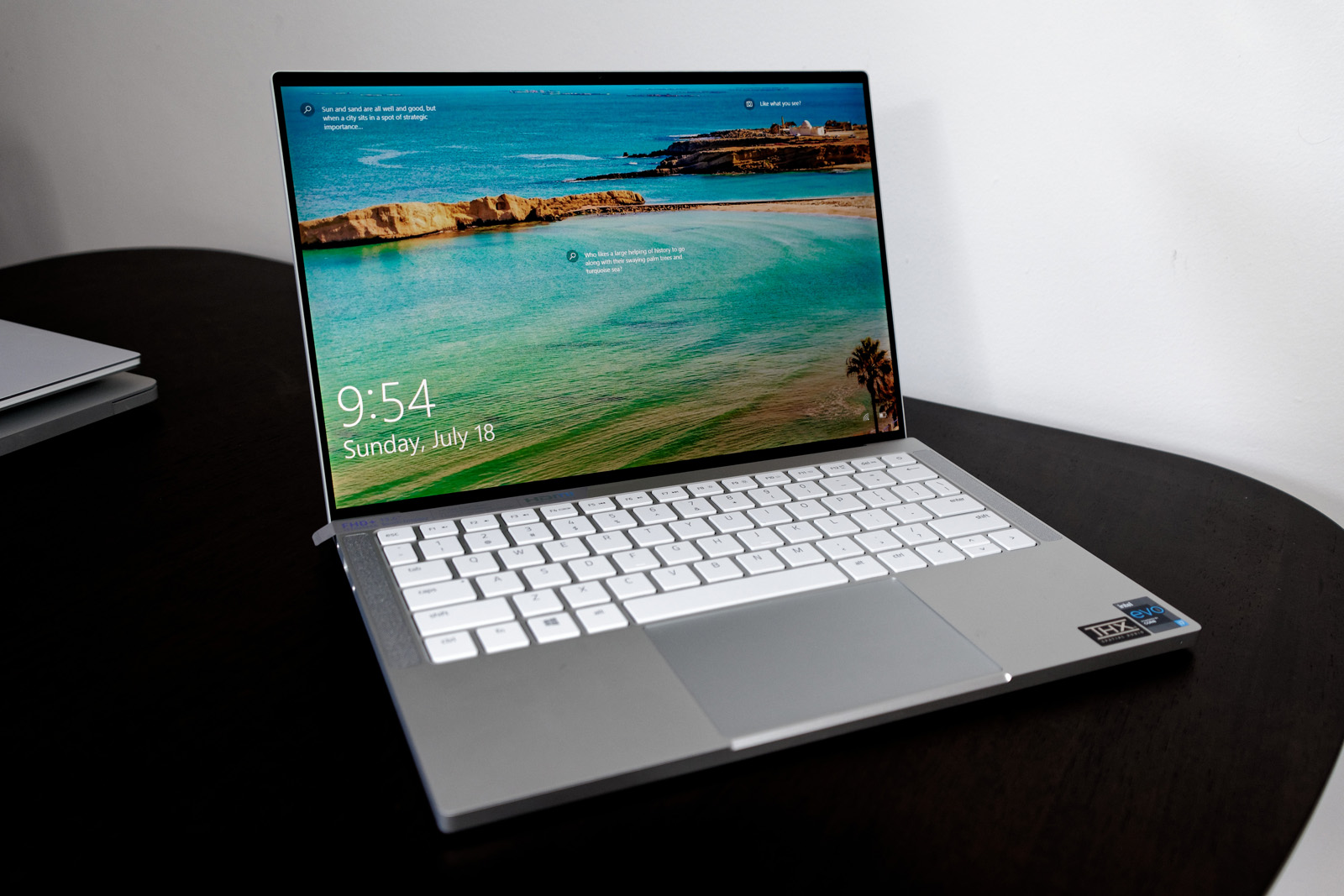Optus Mobile Review ALDI Mobile Review Amaysim Mobile Review Belong Mobile Review Circles.Life Review Vodafone Mobile Review Woolworths Mobile Review Felix Mobile Review Best iPhone Plans Best Family Mobile Plans Best Budget Smartphones Best Prepaid Plans Best SIM-Only Plans Best Plans For Kids And Teens Best Cheap Mobile Plans Telstra vs Optus Mobile Optus NBN Review Belong NBN Review Vodafone NBN Review Superloop NBN Review Aussie BB NBN Review iiNet NBN Review MyRepublic NBN Review TPG NBN Review Best NBN Satellite Plans Best NBN Alternatives Best NBN Providers Best Home Wireless Plans What is a Good NBN Speed? Test NBN Speed How to speed up your internet Optus vs Telstra Broadband ExpressVPN Review CyberGhost VPN Review NordVPN Review PureVPN Review Norton Secure VPN Review IPVanish VPN Review Windscribe VPN Review Hotspot Shield VPN Review Best cheap VPN services Best VPN for streaming Best VPNs for gaming What is a VPN? VPNs for ad-blocking If you want something thinner and lighter, there are plenty of options that consumers have to choose from. On the other hand, if you’re willing to sacrifice a portion of portability in exchange for a solid boost to possibility, then the Razer Book 13 is an easy sell. The Razer Book 13 confidently adds to that legacy. It strips away a lot of the RGB-laden gamer aesthetics found in the Razer Blade family of laptops without losing some smarter design touches that make those machines great to use over both long sessions and shorter instances. The Razer Book 13’s chassis is made of a CNC anodised alunium material that’s hits the sweet spot between sleek and sturdy. Even if it’s a little less thin and light than other premium laptops, Razer’s latest ultrabook consistently manages to come across as lighter than you’d expect. It doesn’t hurt that a little extra chunkiness here translates into a measurable uptick in performance, but we’ll get to that later. Regardless of what resolution you end up going with, the Razer Book 13 features a 13.4-inch screen with bezels that are thinner than Razer’s earlier attempts at mainstream laptops but broadly in line with industry trends. The same can’t be said for the majority of the spec sheet here. Buying the Razer Book 13 means buying the same best-in-class Intel mobile processor, Iris Xe integrated graphics, RAM and PCIe SSD storage that you’ll find in comparable offerings from HP, Dell and Lenovo. That being said, the lack of differentiation here doesn’t hurt the Razer Book 13. If anything, it draws more attention to the areas where Razer is putting its own spin on things. A few of these features are drawn from their background in the gaming world, such as the per-key RGB backlit keyboard and vapour chamber cooling system. These things might be good for gaming, but they also help the Razer Book 13 swing above its weight when it comes to more everyday workloads. Some touches in the mix are more utilitarian. For instance, the port count on the Racer Book 13 is generally higher than most other laptops of its class. While the two Thunderbolt 4 USB Type-C ports on the Razer Book 13 will offer the best performance, you do still get a regular USB type-A port, a HDMI output, a Micro SD slot and a headphone jack. If those legacy ports are something you find yourself missing in other modern laptops, that’s definitely a plus. Display: Most versions of the Razer Book 13 come with a 13.4-inch FHD display clocked at 60Hz. However, the laptop is also available with a 4K UHD display for those who want it. If you’re buying via the Razer website, this inclusion adds about $650 to the total purchase price of the device. RAM: While the baseline Razer Book 13 comes with 8GB of RAM, more expensive models can be equipped with 16GB of RAM. Storage: Pricier versions of the Razer Book 13 double the 256GB of SSD storage found in the basic model to 512GB. The Razer Book 13 managed to beat out premium laptops like the Dell XPS 13 and Lenovo’s Yoga 9i across the board on popular benchmarks like Cinebench, Novabench and GeekBench. In some situations, it even managed to edge out Apple’s new M1-based MacBook Air - though it should be noted that the new MacBook Air is markedly cheaper. Hardcore or more enthusiast gamers looking to play more demanding titles like Cyberpunk 2077 are inevitably going to be better served by a dedicated desktop or gaming laptop. Nevertheless, the clean and consistent 60FPS in games like Overwatch that the Razer Book 13 delivered makes gaming on an integrated graphics card feel like much less of a compromise than it usually is. Burned down via streaming video content on YouTube, the 55Whr (Watt hour) battery inside the Razer Book 14 lasted 7 hours and 38 minutes. That’s not too far off the 11 hours that Razer claim on its website for everyday use, but it’s also not that much better than what the competition are offering. The Razer Book 14 supports not just charging via USB Type-C but also fast-charging via both the charger the machine comes bundled with and other high-performance USB type-C chargers. In the past, Razer’s take on gaming laptops have often tried to echo popular lifestyle designs like that of the Apple MacBook or HP Spectre. Now, its more mainstream productivity machines are flipping that on its head - leveraging its expertise when it comes to pushing the hardware that few extra miles. The Razer Book 13 isn’t the thinnest and lightest premium laptop out there, but the minor shortcomings it makes in terms of form-factor prime it to deliver the best performance you’ll find in its weight class.

